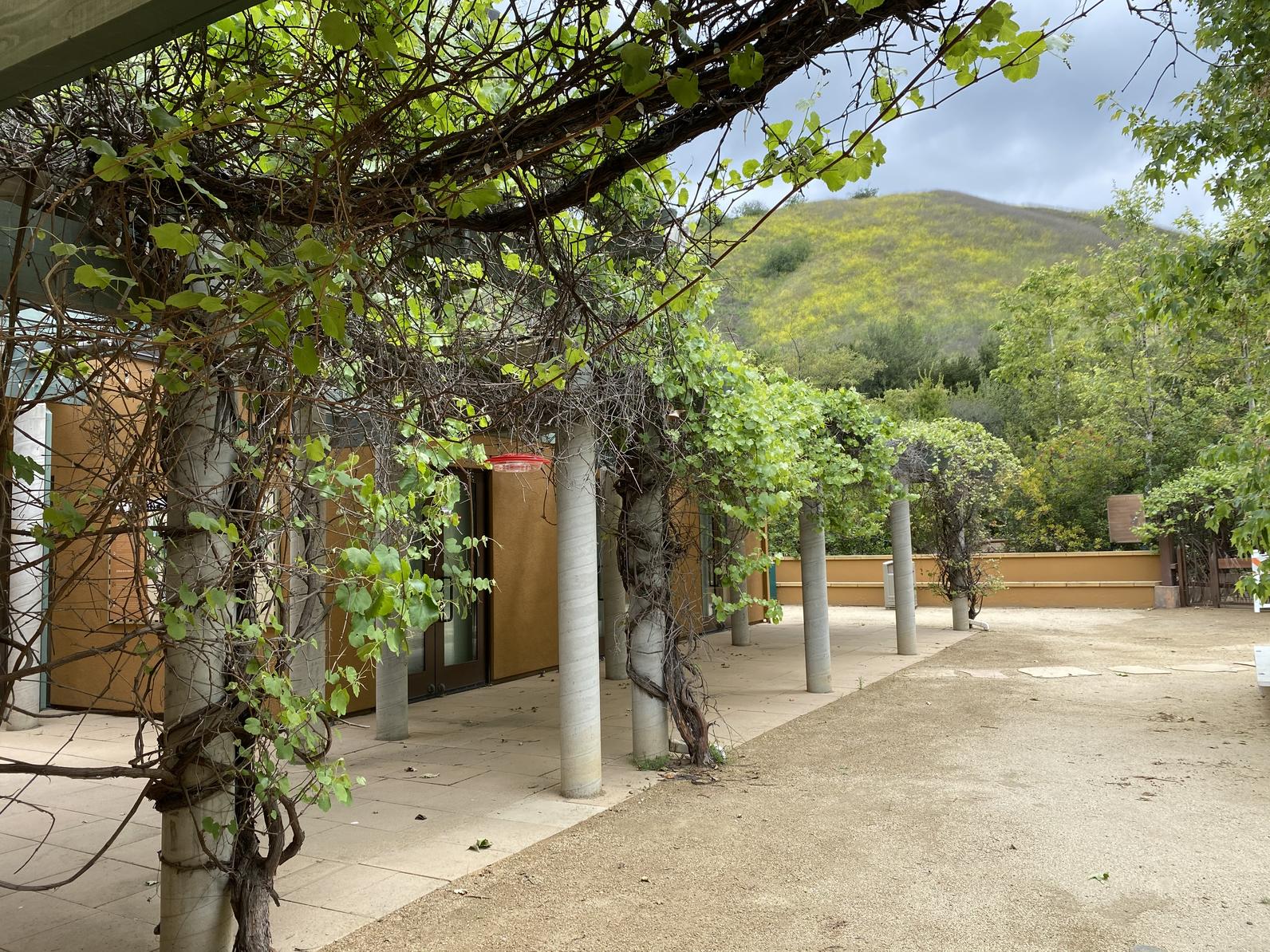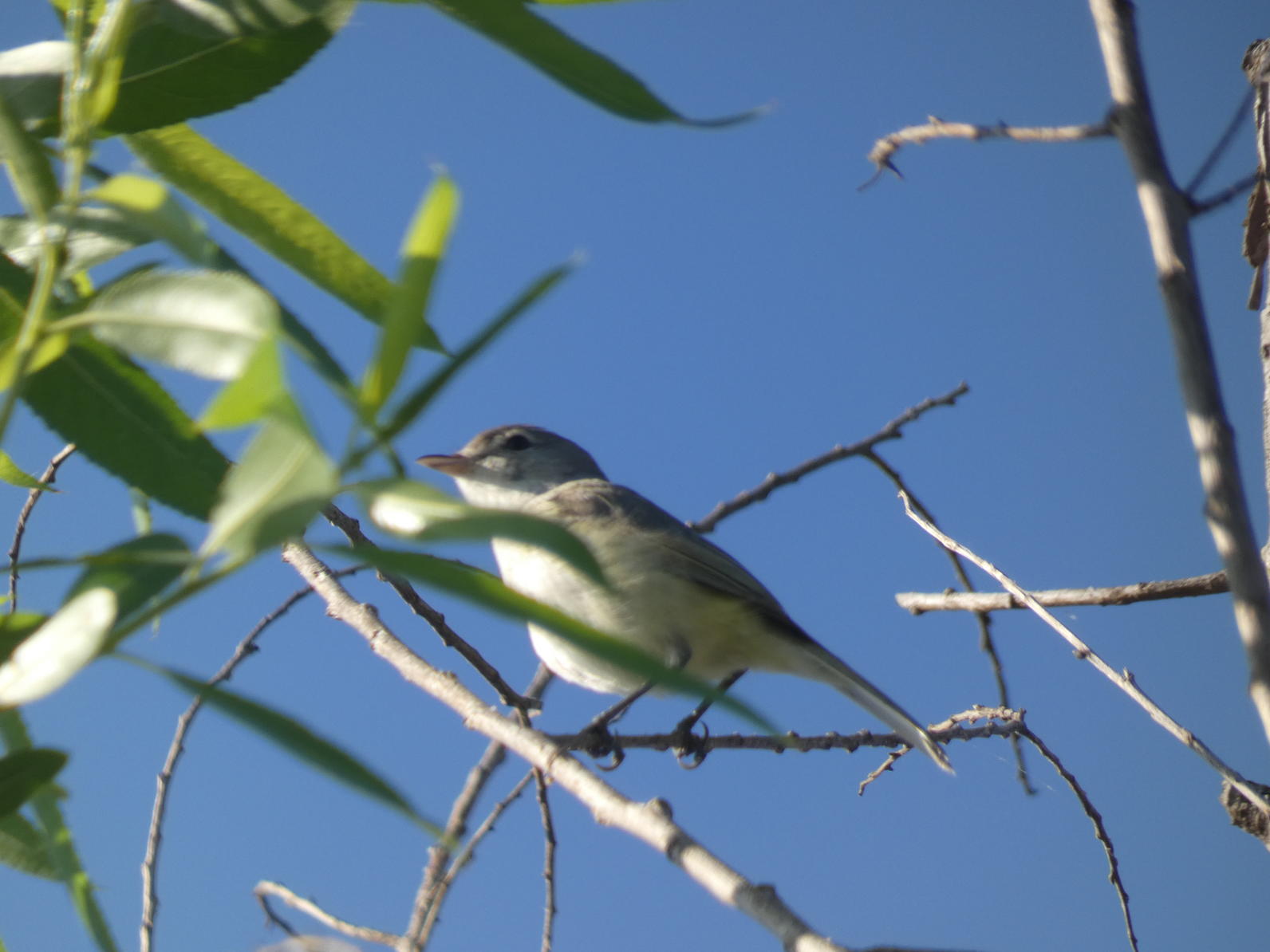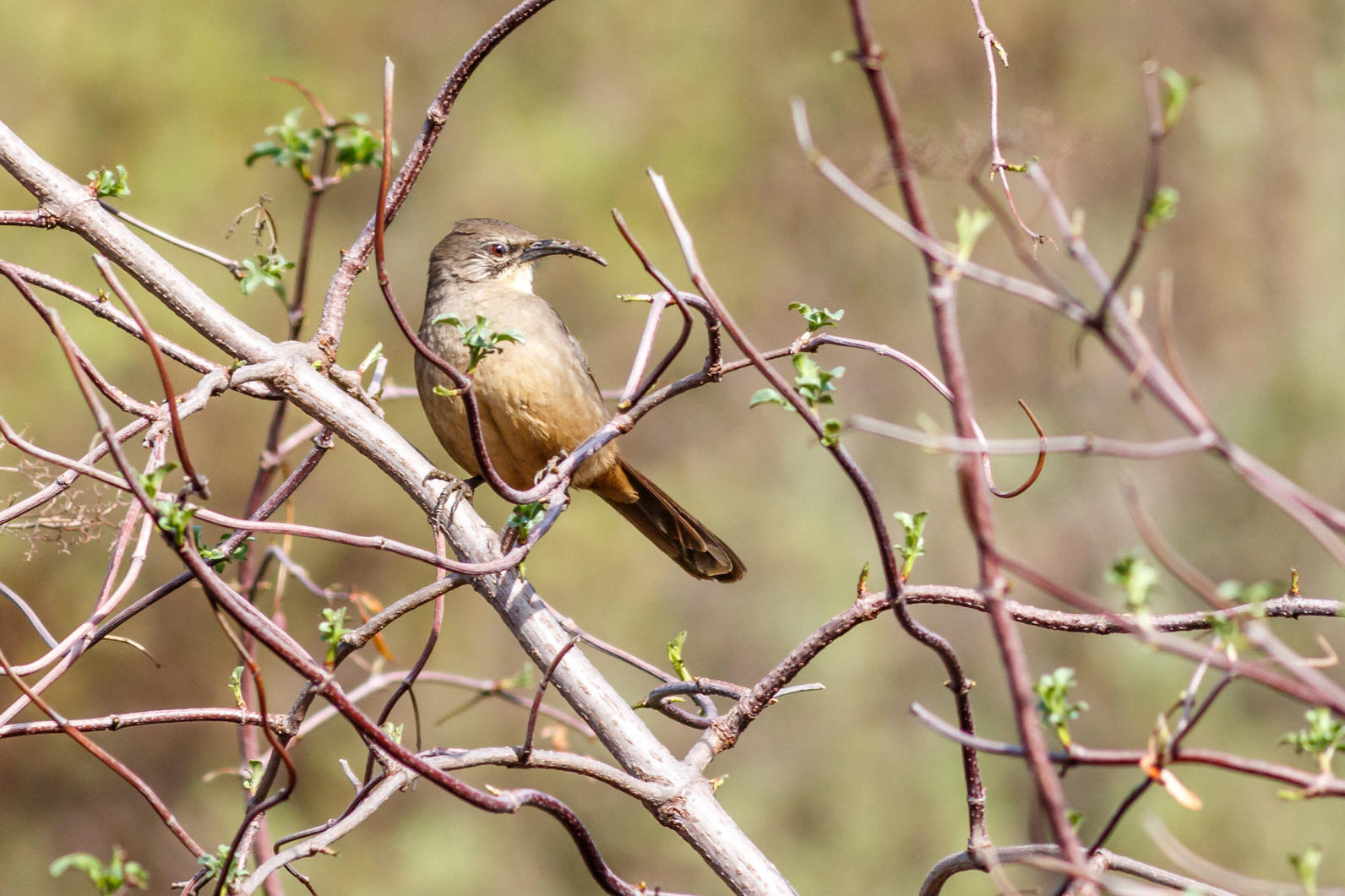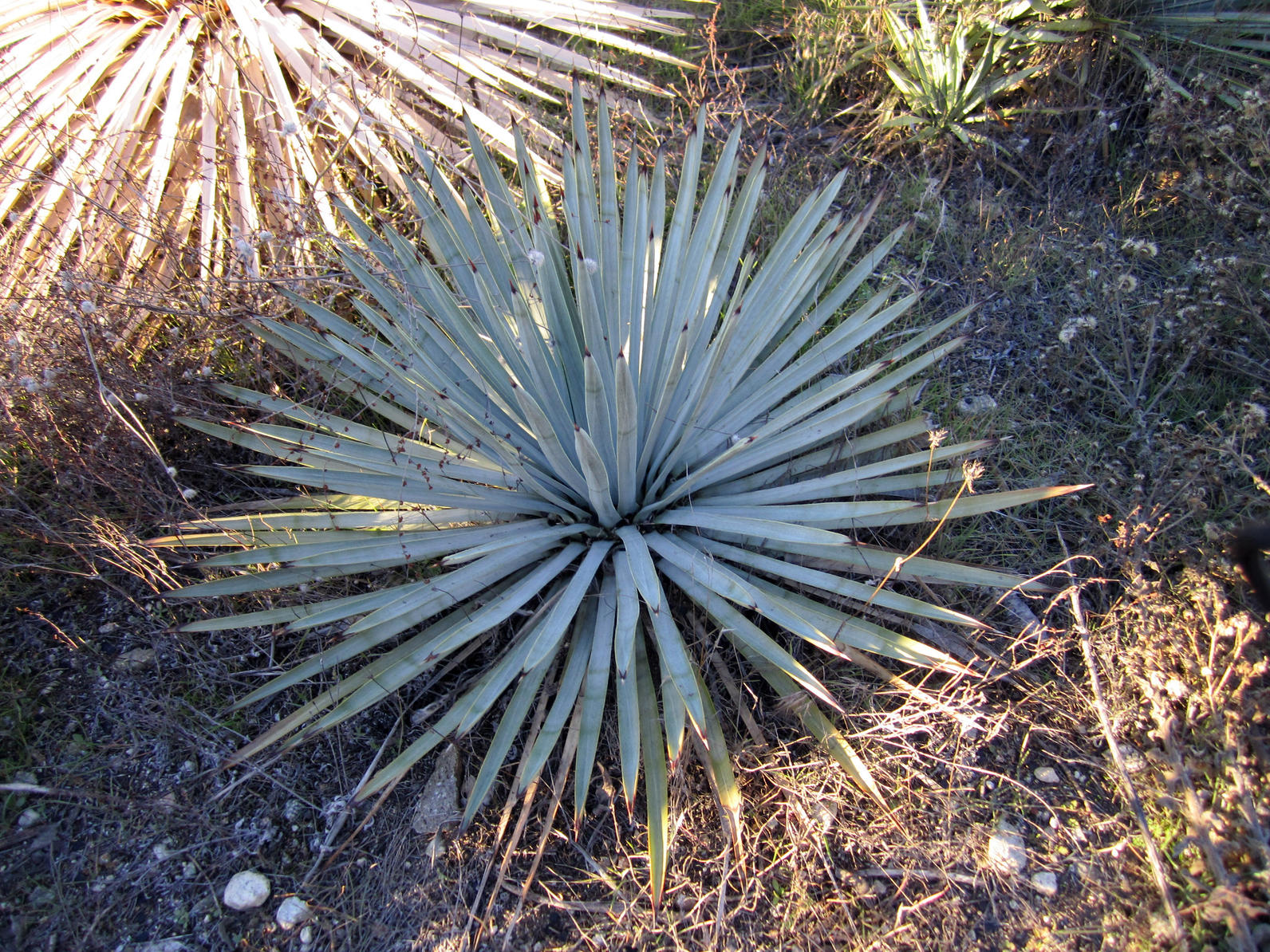The key to a happy bird community in your backyard is feeders that are full and clean! Aim to clean your bird feeders about once a month to make sure your backyard visitors are happy, healthy, and coming back for more. Check out this video to see how we keep our bird feeders sparkling clean!
Migration is in the air, giving us a ton of opportunities to spot birds as they pass through our neighborhoods, but don’t forget about the many dangers birds face as they’re going on their journey. One of the biggest threat to birds is window collision. Since birds can’t see glass, they can fly at a window at top speed – not great. Thankfully, there’s something you can do to help! National Audubon Society's Senior Director of Bird-Friendly Communities, John Rowden explains how you can collision proof your windows – it’s super easy! Let’s keep birds safe on their journey home!
Leaf rubbings are a great way of recording any plants you’ve seen on your walks! Put these leaf rubbings in your nature journal or hang your art on the wall! What are some of the plants you've seen on your nature walks?
YOU'LL NEED:
Plant pressing is a great technique for saving the leaves and flowers you pick on your walks. This method actually has its origins in the scientific community – allowing scientists to take a closer look at flowers over long periods of time without having to worry about decomposition. Plant pressings can be incorporated in any DIY project!
YOU'LL NEED:
What kind of birds do you see in your backyard? These DIY Binoculars can help you spot birds all around! Check out this video to see how to make your own using materials you can find around your house. Make your own and show us what cool birds you've seen in your backyard!
YOU'LL NEED:

At the direction of the National Audubon Society, Audubon Centers across the country will remain closed to the public until at least June 30th. We will not be hosting any in-person community events during this time. However, our team continues to work hard from home to produce virtual content for our website and social media channels. You can check out this content on Instagram, Facebook, or the Audubon California Youtube channel - we have Backyard Birding Tips, Nature Arts & Crafts activities, and more!
At the direction of local public officials, the Debs Park trails are now reopened for pedestrian access. The parking lot off of Griffin Ave. adjacent to the Center will remain closed through June 30th, however the pedestrian gate has been reopened. We are happy that the local community can once again enjoy the park and take advantage of the healing qualities that nature has to offer, but please ensure that you are a wearing a mask and maintaining adequate social distancing measures if you choose to visit. Additionally, please be aware that gatherings of any kind are still prohibited.
We look forward to the time when we are able to once again gather in person, in whatever capacity that may look like. Although we are extremely grateful to live in a time where we can continue to connect virtually, we sincerely miss working alongside our valued volunteers, community members, and partners! Please let us know if there’s any way we can support you during this time.

While continuing our work at the Rio de Los Angeles State Park, Center Director Marcos Trinidad was able to see a least Bell's Vireo! This bird is a federally endangered species due to loss of riparian habitat and cowbird brood parasitism. This was an especially exciting sighting, as there were no recorded sightings of the least Bell’s vireo in the park since 2017 - this sighting will help us justify the designation of a portion of the LA River as an Important Bird Area (IBA), which would be a huge win in terms of habitat protection for our local and migratory birds.
Birds’ beaks, feet, and bodies are adapted to help them survive. Make your own bird using cut up scraps of paper and some glue! How does its beak help it eat? Is it short and stout like the seed-eating house finch or is it long and thin to help it fish like the avocet? What about its feet – how do they help your bird navigate it’s environment? Don’t be afraid to get creative – make it as silly and colorful as you can imagine! And don’t forget to name your bird!

California Thrasher is a medium sized bird with long tail and feet, and a long curved bill. You definitely cannot miss it! They are mainly insectivores are often in the ground sorting through leaves or poking into the ground with it’s beak. Occasionally, you will also see them eating fruit especially from coffeeberry, toyon, and other native plants. During breeding season, you will often find them in pairs and they will likely even remain together for a year taking care of their young and foraging together. California Thrashers are considered to be a flagship species of chaparral are only found in California and Baja California. If you are at Debs Park, you will occasionally see them around the yucca in our parking lot, but often you will have to go scouting for them. When you do catch a glimpse of them however, your hard work pays off.

Like the California Thrasher, Chaparral yucca is a native plant in California and Baja California. It is part of the yucca family and contains a cluster of sharp, point and rigid leaves. These leaves had a lot of uses from our Tongva indigenous community. They would use them to weave baskets, make rope, sewing, and natural soap to name a few. The highlight of this plant however, is the flower stalk that grows after 5-10 years when the plant reaches maturity. The flower stalk reaches 10-15 feet and displays clusters of bell-shape white and purplish flowers. These flowers can only be pollinated by the yucca moth, who has a symbiotic relationship with this plant. Without yucca moths, this plant will not be able to exist. After pollination, this chaparral yucca will die, however the flower stalk will remain intact for more years, providing a perfect perch for a lot of birds. You can find these plants through our Center and parking lot, and if you are lucky, you will find them flowering.
Words from the Center Director, April 2020 from estefania palacio on Vimeo.
Words from the Center Director, April 2020
Audubon Center at Debs Park is located at 4700 Griffin Ave, Los Angeles, CA 90031
Center Hours:
Trail Hours:
You can help us continue to deliver this outstanding programming to the Los Angeles area by making a generous gift today. Thank you!